Secure CCTV Surveillance Networks for Managed Apartments and Community Areas
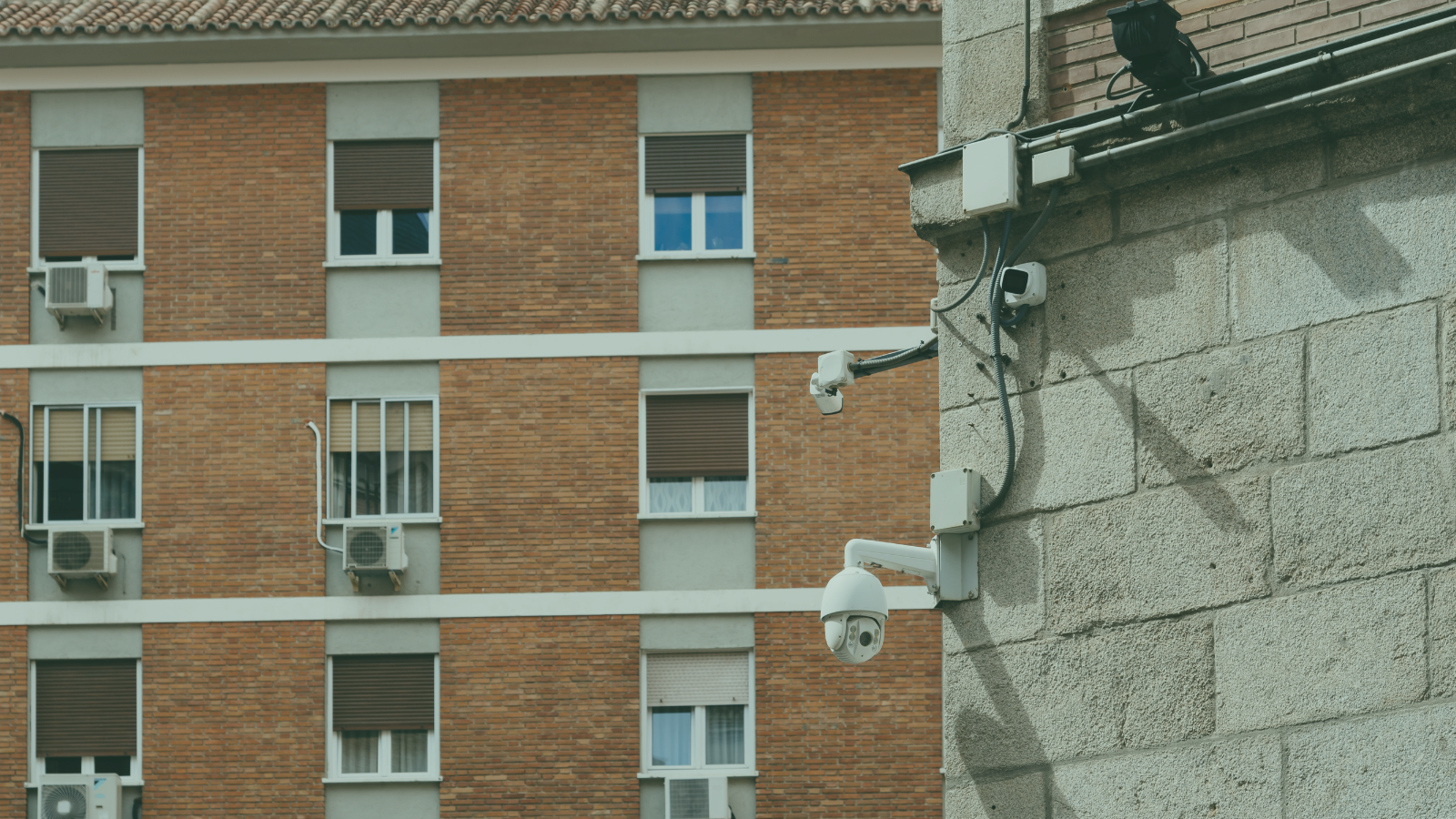
The New Imperative of Residential Surveillance
The landscape of modern urban living is increasingly defined by a heightened awareness of safety and security. In the context of managed apartments, gated communities, and other shared residential environments, the demand for robust and intelligent surveillance systems has transcended the realm of mere amenity to become a fundamental expectation. Residents no longer simply desire comfort and convenience; they seek an all-encompassing sense of protection and well-being, a feeling of security that only a proactive, technology-driven approach to vigilance can effectively deliver in today's world. The implementation of a strategically designed CCTV surveillance network represents a pivotal step in meeting this crucial need, transforming shared living spaces into havens of safety and peace of mind .
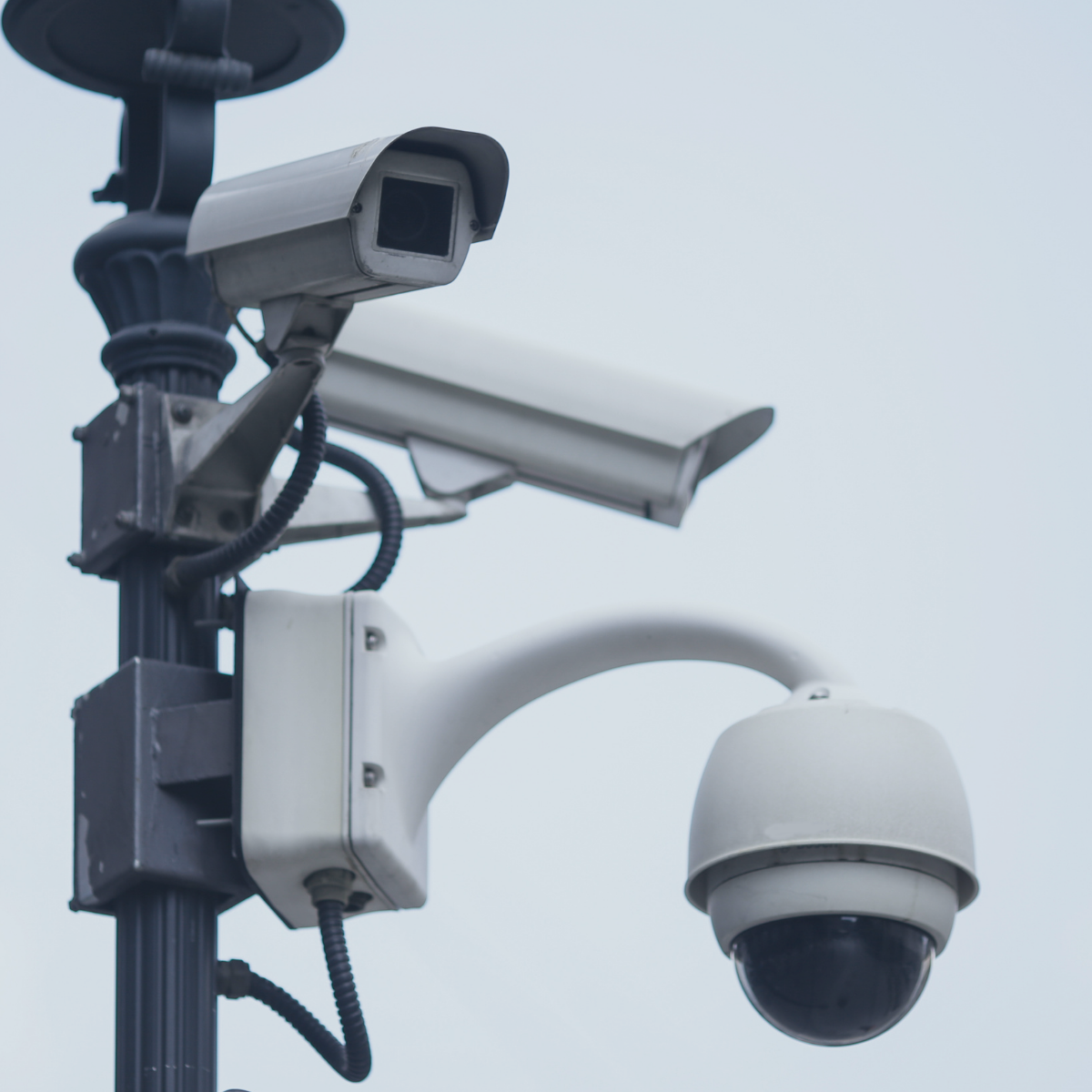
The Rise in Security Concerns in Managed Communities
Managed communities, once perceived as bastions of security, have not been immune to the pervasive rise in security concerns that characterize contemporary society. From relatively minor incidents of petty vandalism and nuisance to more serious breaches involving unauthorized access, package theft, and even violent crime, these communities have witnessed a gradual yet concerning escalation in security-related incidents. This evolving reality has placed significant pressure on community managers and property owners, effectively transforming them into de facto risk managers who must proactively address these challenges. Consequently, there is a growing impetus to re-evaluate and enhance traditional, often passive, safety protocols with more dynamic and technologically advanced solutions, with CCTV surveillance emerging as a cornerstone of this renewed focus on security.
Understanding CCTV Surveillance Technology
At its core, CCTV, or Closed-Circuit Television, operates as a self-contained visual monitoring system. Unlike broadcast television, its signals are transmitted within a closed loop, typically not publicly distributed. The fundamental process involves cameras strategically positioned to capture continuous sequences of images or video footage of designated areas. These visual data streams are then transmitted – either through physical cabling infrastructure or via wireless communication protocols – to a central recording device, such as a digital video recorder (DVR) or network video recorder (NVR). This recorded footage, along with the potential for real-time viewing on dedicated display monitors or authorized devices, forms the basis of the surveillance capability. The non-intrusive yet persistently vigilant nature of CCTV technology is a primary driver of its increasing adoption as a crucial security measure across various sectors, including residential communities.

Wired vs Wireless CCTV Systems
The choice between wired and wireless CCTV systems presents a significant decision point during the planning and implementation phases. Wired systems, characterized by their reliance on physical cables for both power and data transmission, are generally recognized for offering superior reliability and stability, particularly in extensive and complex installations such as large apartment complexes, where potential wireless signal interference from numerous devices could be a concern. While the installation process for wired systems can be more labor-intensive and potentially disruptive, the resulting robust and consistent connection often outweighs these initial challenges. Conversely, wireless systems offer greater flexibility and a significantly easier deployment process, making them particularly well-suited for retrofitting existing properties where running new cables might be impractical or aesthetically undesirable. However, the performance of wireless systems can be susceptible to factors such as distance, obstructions, and electromagnetic interference. Ultimately, the optimal choice between wired and wireless technologies hinges on a comprehensive assessment of the property's architectural layout, technological infrastructure, budgetary constraints, and specific security objectives. .
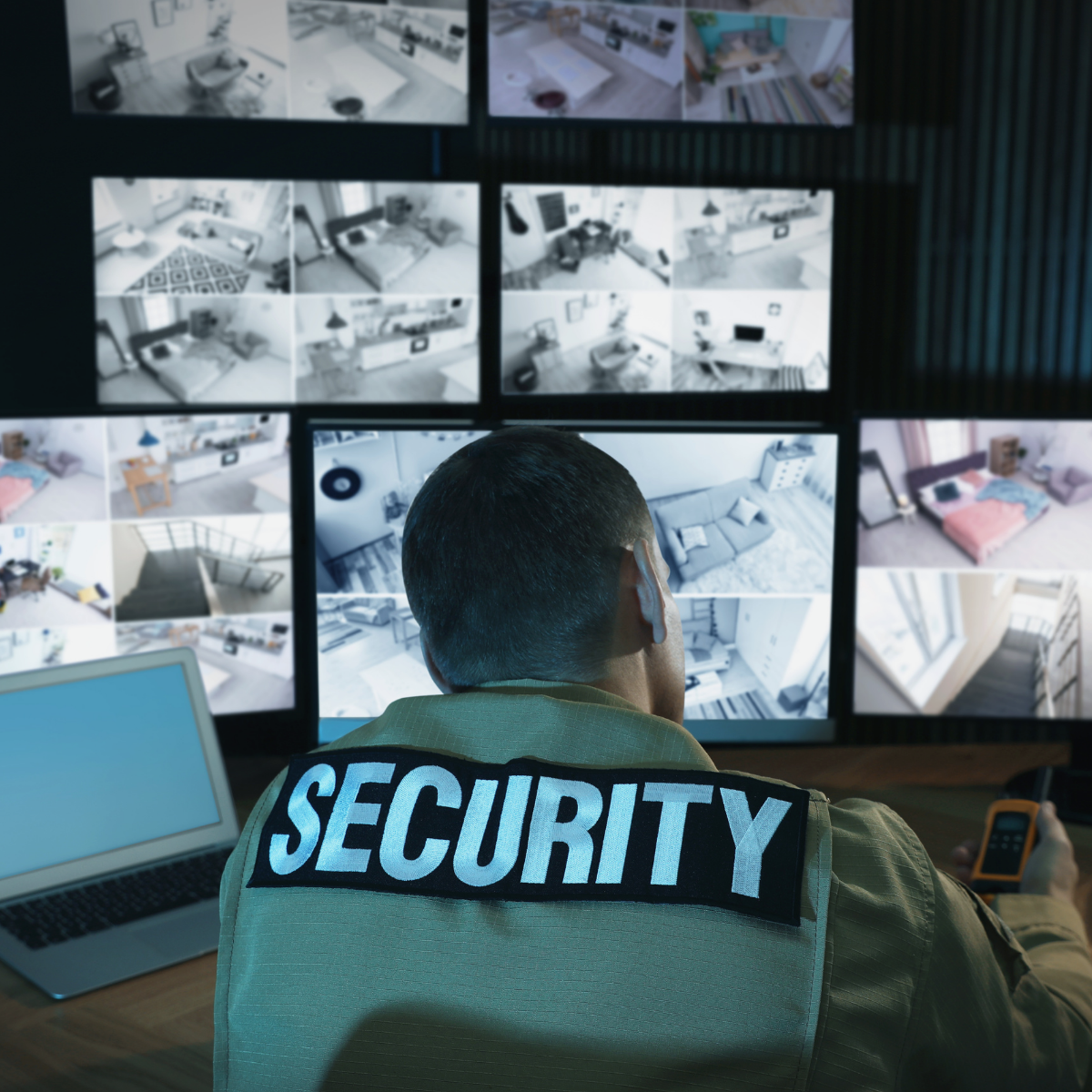
Strategic Benefits of a CCTV Network in Apartment Complexes
A thoughtfully designed and strategically implemented CCTV network in an apartment complex offers a multitude of compelling benefits, functioning as both a powerful deterrent to potential criminal activity and a crucial tool for post-incident investigation and analysis. The mere visible presence of security cameras can act as a significant disincentive for individuals contemplating illicit actions, effectively discouraging unwanted behavior before it even occurs. Beyond this preventative role, a CCTV network provides irrefutable documentary evidence in the event of a security breach or incident, offering invaluable insights for law enforcement investigations, insurance claims, and internal community management. Furthermore, the continuous monitoring capabilities of a CCTV system provide residents with an enhanced sense of security and peace of mind, knowing that their community is under vigilant, automated scrutiny that surpasses the limitations of traditional human patrols in terms of both efficiency and comprehensive coverage across all critical areas.
High-Risk Zones That Require Attention
Within any managed community, certain areas inherently exhibit a higher degree of vulnerability to security incidents due to their inherent design, usage patterns, or levels of activity. These high-risk zones often include shared amenities that experience fluctuating levels of occupancy, as well as transitional spaces that serve as thoroughfares and may lack consistent direct observation. Prioritizing these hotspots during the surveillance planning process is absolutely essential to maximize the effectiveness of the CCTV network. By focusing camera placement and coverage on these critical areas, community managers can proactively address potential security weaknesses and ensure that the most susceptible locations receive the necessary level of monitoring and protection. Careful consideration of these zones will lead to a more targeted and impactful security strategy.
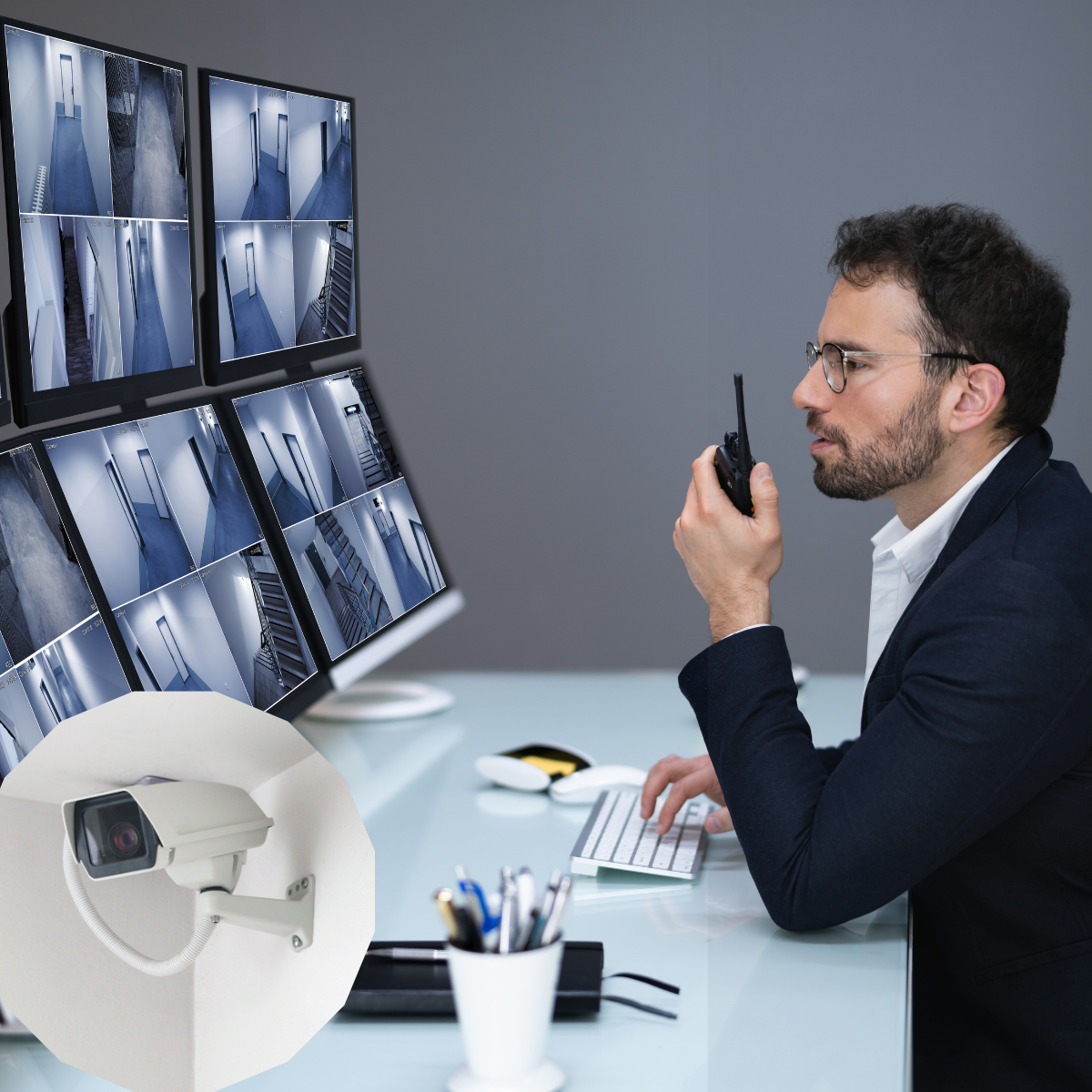
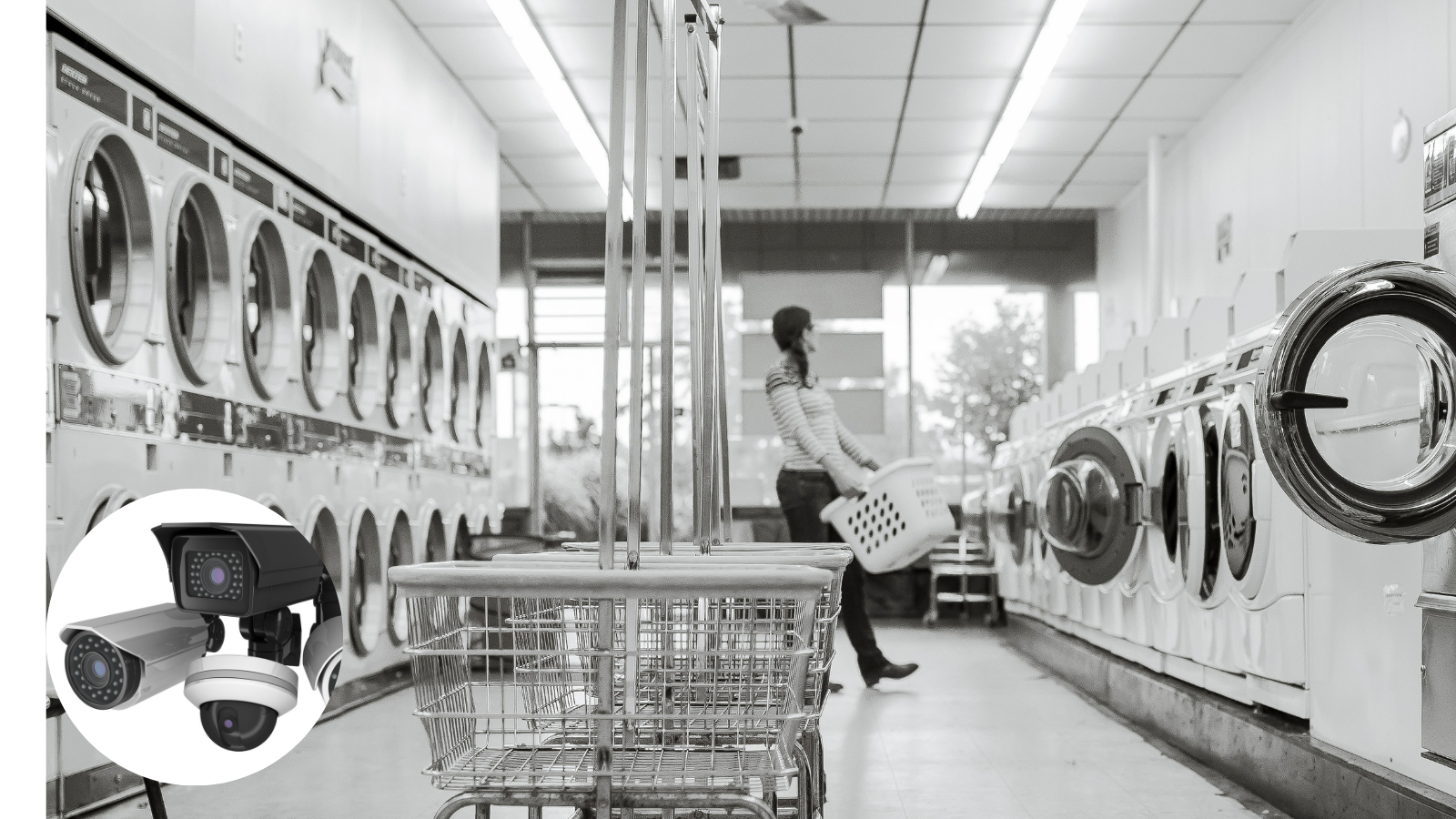
Surveillance in Laundry Rooms: A Quiet Risk
Often relegated to basements or situated along less-trafficked corridors, laundry rooms within apartment complexes can present a surprisingly attractive environment for various forms of undesirable activity. Their relatively secluded nature can make them easy targets for loitering individuals, acts of vandalism against machines or property, and even instances of theft targeting personal belongings left unattended by residents. The strategic installation of CCTV cameras within these seemingly innocuous spaces serves as a powerful deterrent to such behavior, ensuring that residents' personal property remains secure and discouraging any inappropriate or illicit actions within these semi-private zones. The presence of surveillance in laundry rooms contributes significantly to the overall sense of safety and security within the community.
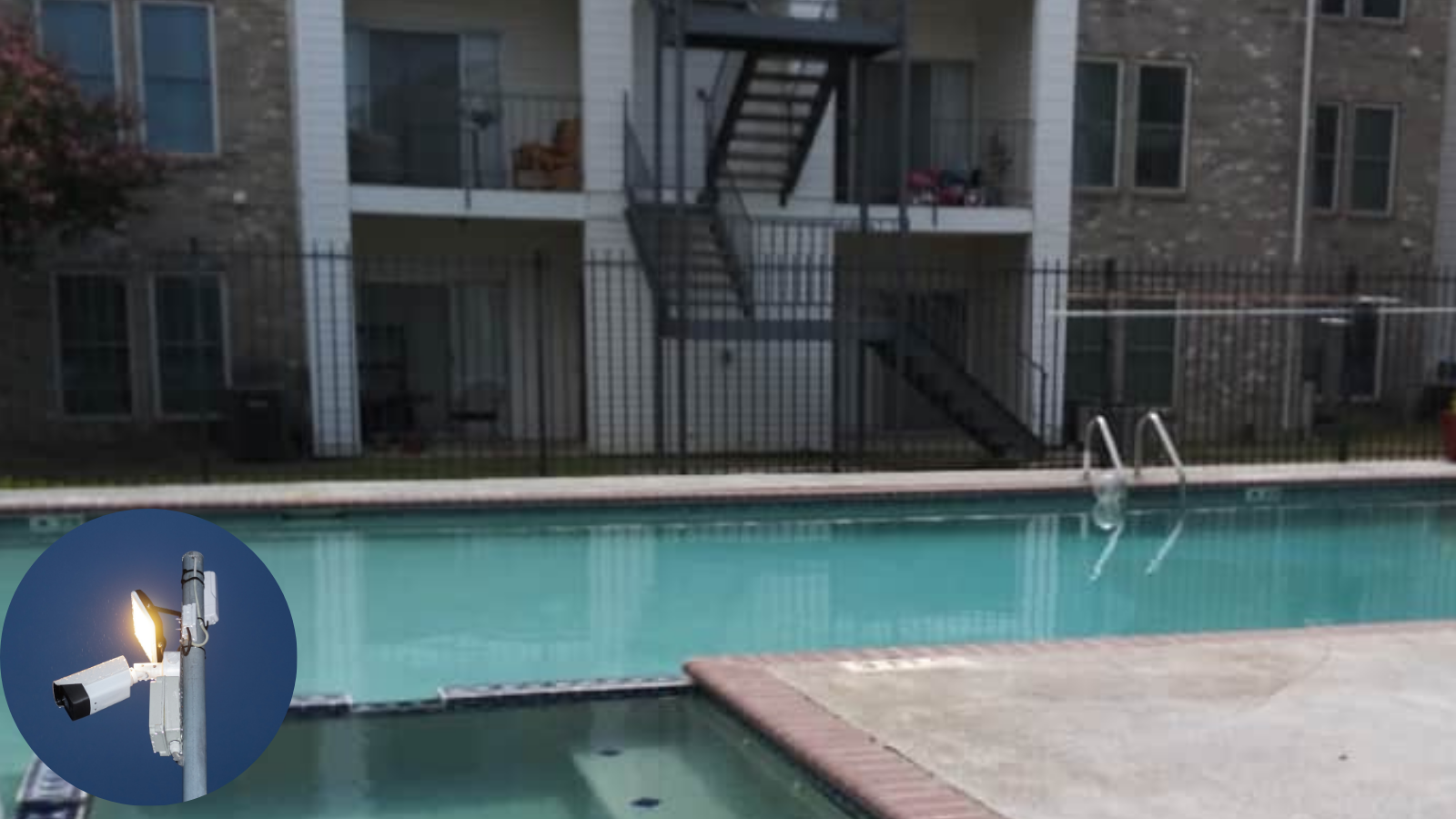
The Vulnerabilities Around Swimming Pools
While swimming pools are undoubtedly valued recreational amenities within apartment communities, they also introduce a complex set of security and liability concerns that necessitate careful consideration. The inherent risks associated with aquatic environments, such as accidental slips and falls, coupled with the potential for unauthorized nighttime usage or even trespassing during off-hours, create a compelling need for proactive security measures. The strategic deployment of high-resolution CCTV cameras equipped with reliable night vision capabilities can serve as an invaluable layer of protection around swimming pool areas, effectively acting as a silent, ever-vigilant "lifeguard" on watch around the clock, deterring risky behavior and providing crucial evidence in the event of an incident.
Securing Gates: The First Line of Defense
Community gates represent the critical choke points that control access to the property, effectively serving as the initial line of defense against external threats and unauthorized entry. Implementing robust surveillance measures at these entrances is paramount for maintaining the overall security and exclusivity of the community. The strategic placement of cameras equipped with advanced features such as facial recognition capabilities, automatic license plate readers, and integration with intercom systems can significantly enhance gate security. These technologies not only provide comprehensive visual monitoring of all entry and exit points but also enable intelligent access control, meticulously recording who enters and exits the community and creating a formidable barrier against potential intruders.
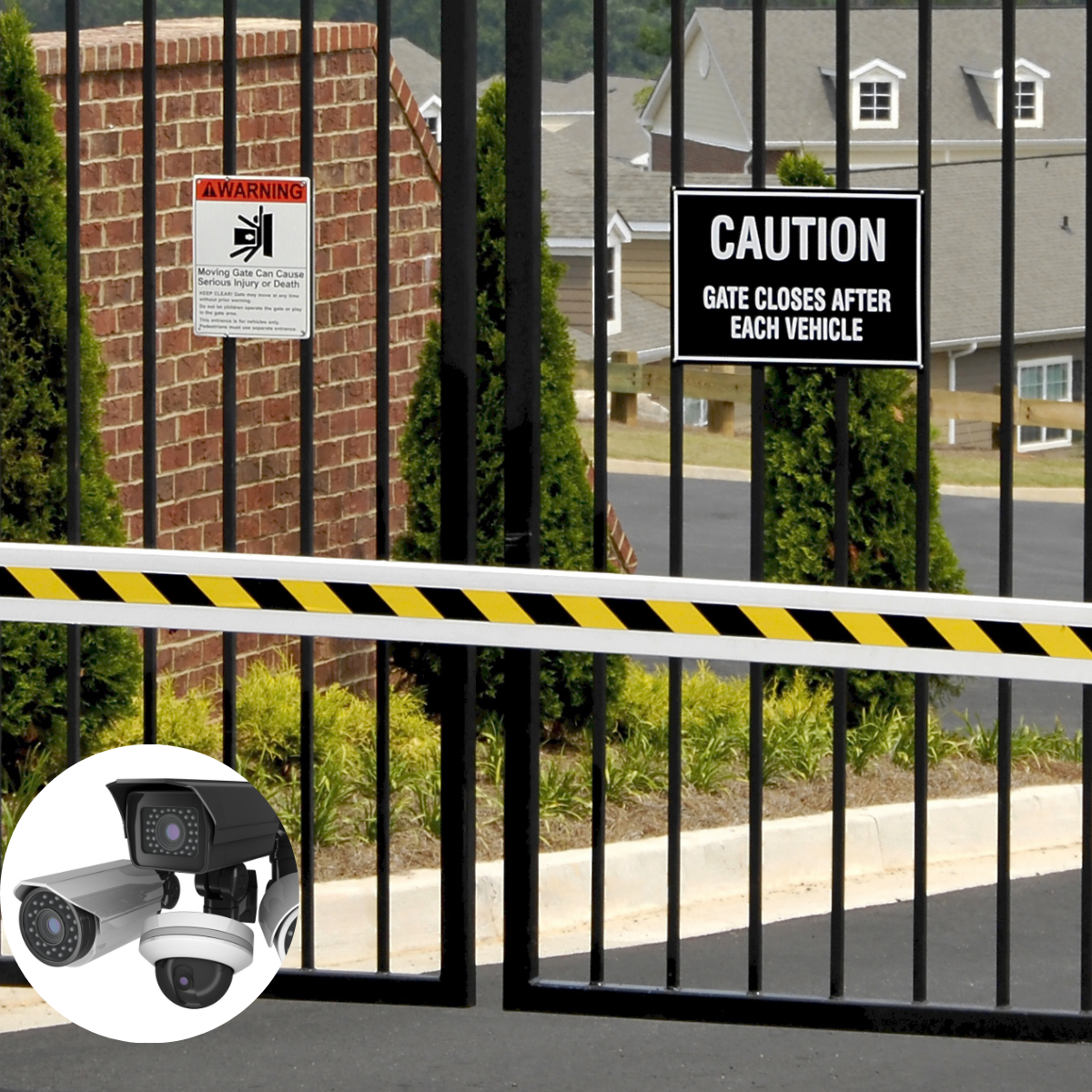
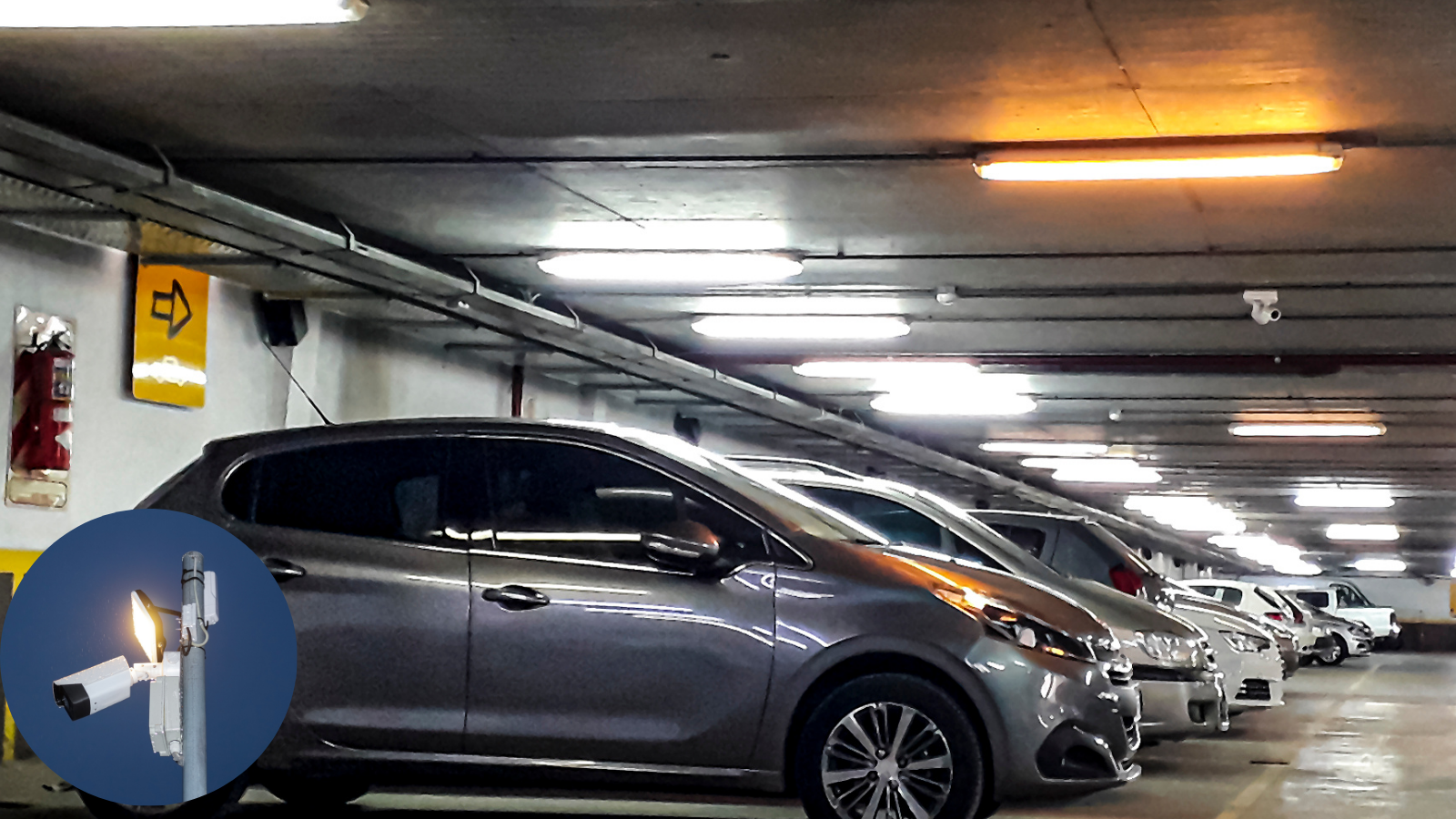
Monitoring Parking Lots and Carports
Expansive and often dimly lit parking lots and carports associated with apartment complexes are frequently identified as locations susceptible to a range of both opportunistic and targeted criminal activities. These areas can become hotspots for vehicle theft, vandalism, property damage, and even personal safety concerns due to their relative lack of consistent pedestrian traffic and inherent anonymity. Implementing comprehensive surveillance coverage across these zones serves a dual purpose: it not only captures crucial visual evidence in the event of an incident but also acts as a significant deterrent, clearly communicating to potential offenders that their actions are under constant observation and that anonymity is not guaranteed. Furthermore, integrating motion-sensor-enabled recording capabilities can optimize storage efficiency by focusing recording efforts on periods of activity, reducing the volume of unnecessary footage while ensuring that critical events are captured.
Dumpsters: An Unlikely but Critical Security Point
While it may seem counterintuitive, waste disposal areas, including dumpsters and refuse collection points, can attract a surprisingly diverse range of security and safety concerns. These seemingly mundane locations can become targets for individuals scavenging through refuse, those engaging in illicit dumping of unauthorized materials, and even, in some instances, suspects attempting to dispose of incriminating evidence. Strategically positioning a CCTV camera to monitor these waste disposal areas represents a simple yet remarkably effective deterrent against such misuse and potential health hazards. The presence of surveillance can discourage inappropriate behavior and provide valuable visual documentation in the event of any unusual or problematic activity occurring in these often-overlooked but potentially critical security points.
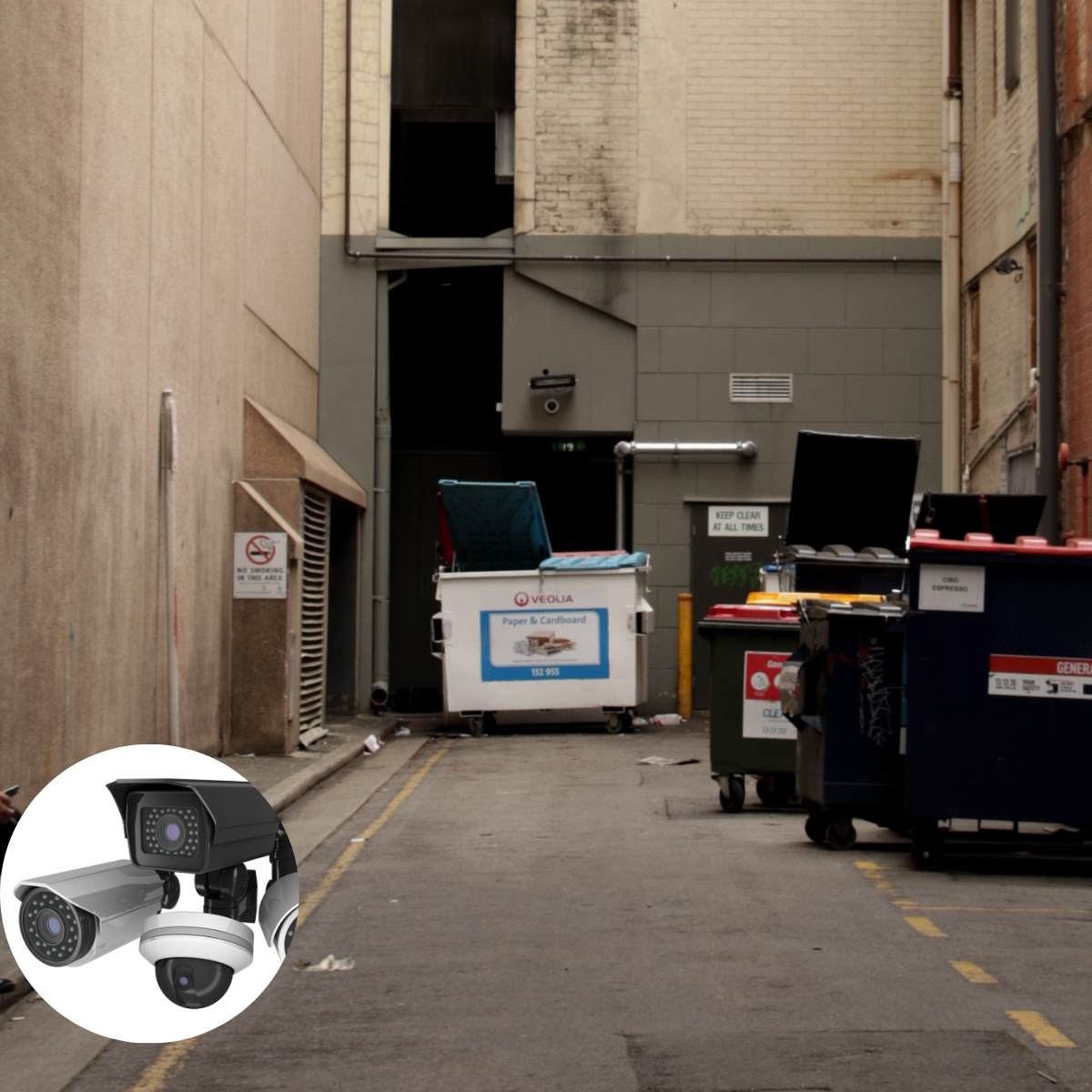

Legal and Ethical Considerations in Residential Surveillance
The implementation of a CCTV surveillance network is not merely a technical undertaking; it is also subject to a complex web of legal and ethical considerations that must be carefully navigated. Installing cameras within a residential environment necessitates a thorough understanding and strict adherence to applicable laws and regulations, particularly those concerning privacy rights. It is crucial to meticulously avoid positioning cameras in a manner that captures views inside private residences, bathrooms, personal balconies, or other areas where residents have a reasonable expectation of privacy. Furthermore, compliance with local surveillance ordinances, landlord-tenant laws, and any other relevant legal frameworks is non-negotiable to ensure the legality and ethical legitimacy of the surveillance system
Privacy vs Protection: Drawing the Line
Within the context of residential surveillance, striking a delicate balance between the legitimate need for security and the fundamental right to personal privacy is paramount. While residents generally appreciate and value measures that enhance their safety and security, they are also understandably concerned about potential infringements upon their privacy. Establishing and maintaining transparency regarding camera placement, data access protocols, and data retention policies is crucial for fostering trust and ensuring community buy-in. Visible signage indicating the presence of surveillance, coupled with open communication and opportunities for community input during the planning and implementation phases, can significantly mitigate potential resident concerns and prevent backlash.
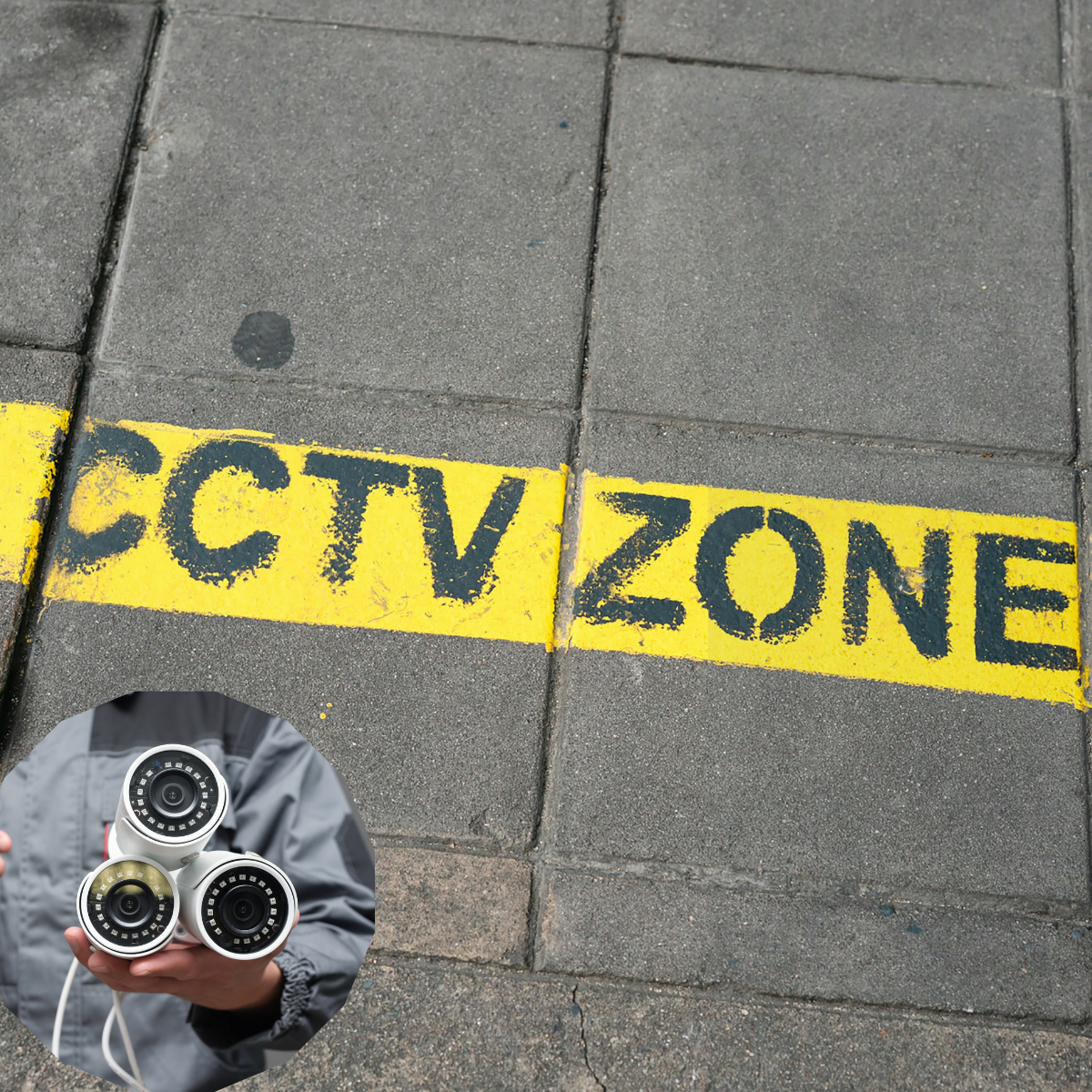
Final Thoughts :
A thoughtfully designed CCTV surveillance network in a managed apartment or community area is more than wires and lenses—it’s a quiet sentinel, ever-watchful. It’s the unsung hero of modern living, instilling a sense of safety and serenity that turns a housing complex into a secure home.
Written by: DDS Staff